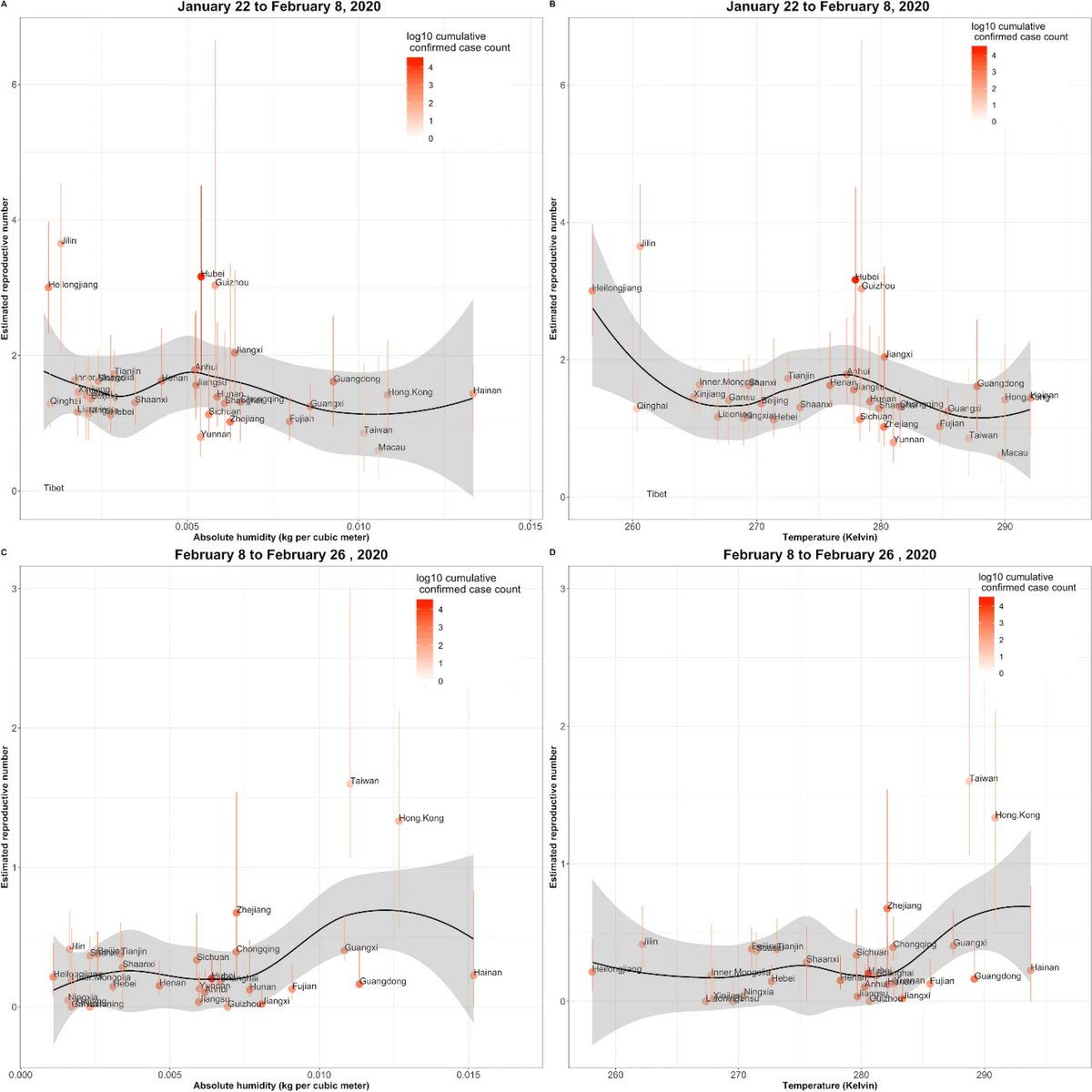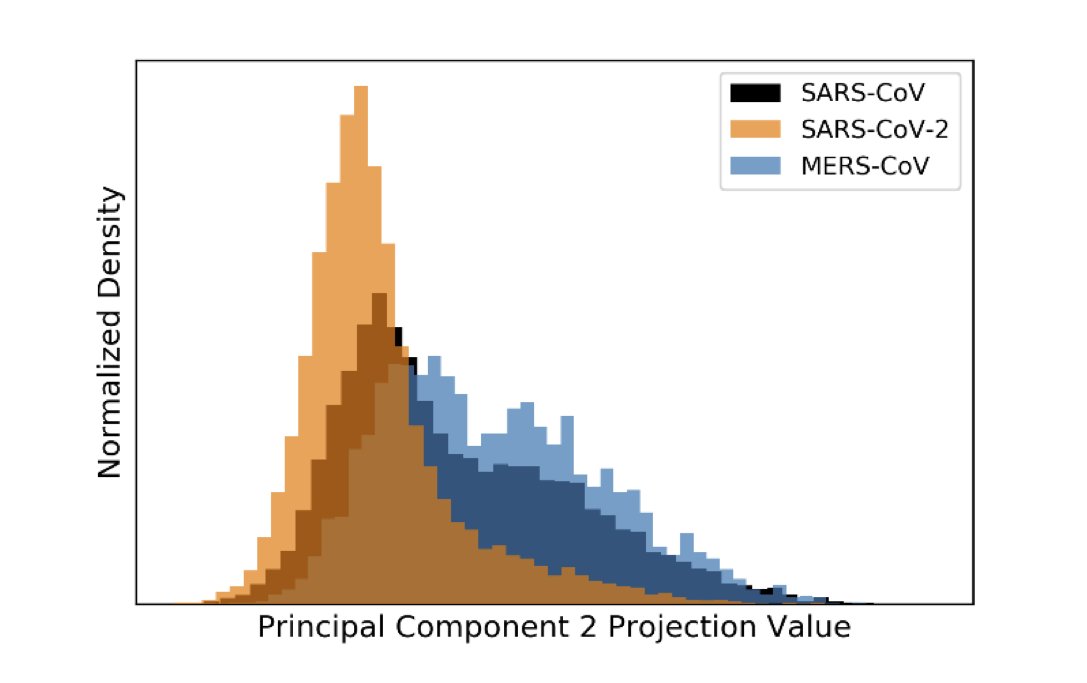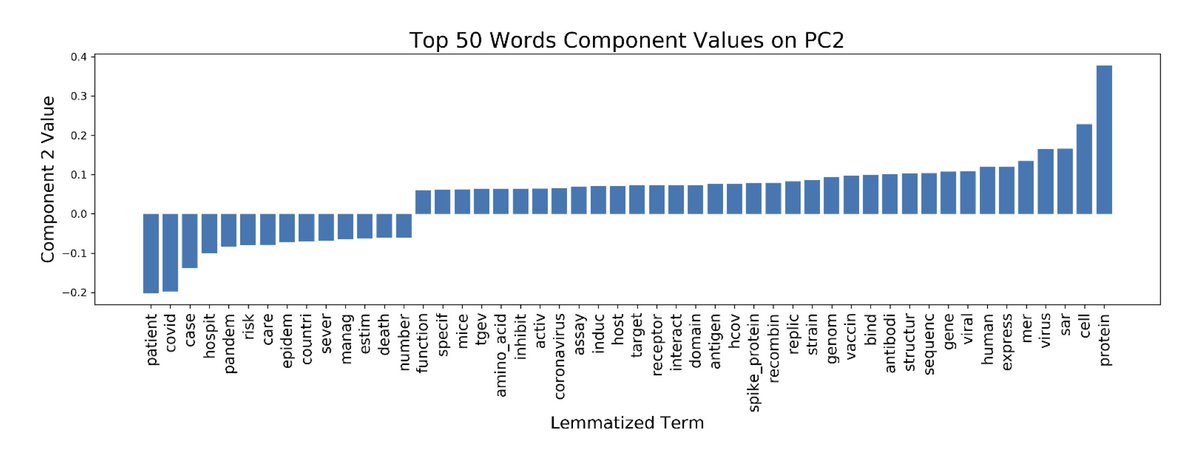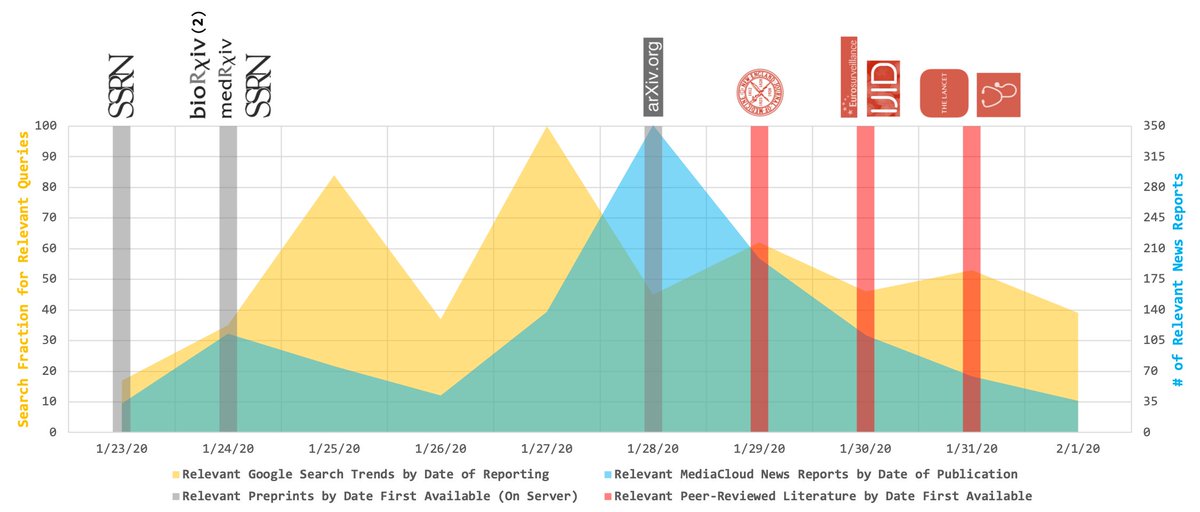
As an introverted (& socially anxious) pandemic responder, it’s been hard for me to maintain social ties with folks beyond my family & colleagues — not because I don’t want to, but because I need time alone to recharge between seemingly endless Slack messages & Zoom meetings. 1/X
Due to the nature of the job, the amount of person-to-person interaction I’ve had professionally since January has been increasingly overwhelming for someone like me... So, by the time virtual trivia night comes around each week, I’m usually too Zoom’d out to join my buddies. 2/X
But here’s the thing: please keep inviting me. Please don’t cancel me & others like me. We love you & care about you, even if every spare minute we have right now is dedicated to trying to recuperate (& to grieve) in between the demands of our professional responsibilities. 3/X
To me at least, the best way that I can show that I care right now — for my friendships & for humanity — is by making my work (& my family) my very first priority (& by using what little “me time” I can get to take care of myself & restore myself in ways that work for me). 4/4
• • •
Missing some Tweet in this thread? You can try to
force a refresh






